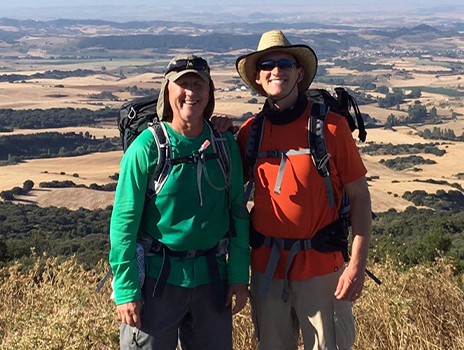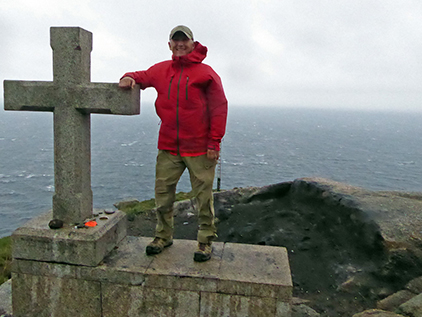On Top of the World


Amateur photographer Richard Rowe sat in the passenger seat as a friend drove down a country road. Looking down at his camera to examine the images he'd just taken of a quaint old barn, he never saw the oncoming vehicle cross the center line and strike their car head on.
He recalls very little of the next 2 months.
"I vaguely remember my friend Jason, who was driving, yell something like, 'Look out!' and sometime later someone saying, 'Mr. Rowe, you've been in a car accident,'" Richard says. "It was a long, long time before I was thinking clearly again."
Richard grew up in Billings, Montana, and lives in Poolesville, Maryland. At the time of the crash, he was enjoying photography along with his other passion – travel. He and his wife, Cheryl, were visiting Richard's sister in Manhattan, Kansas.
The people I met and the care I received were terrific. The doctors are amazing, and the nurses have everything to do with day-to-day comfort. I am thankful. – Richard Rowe

